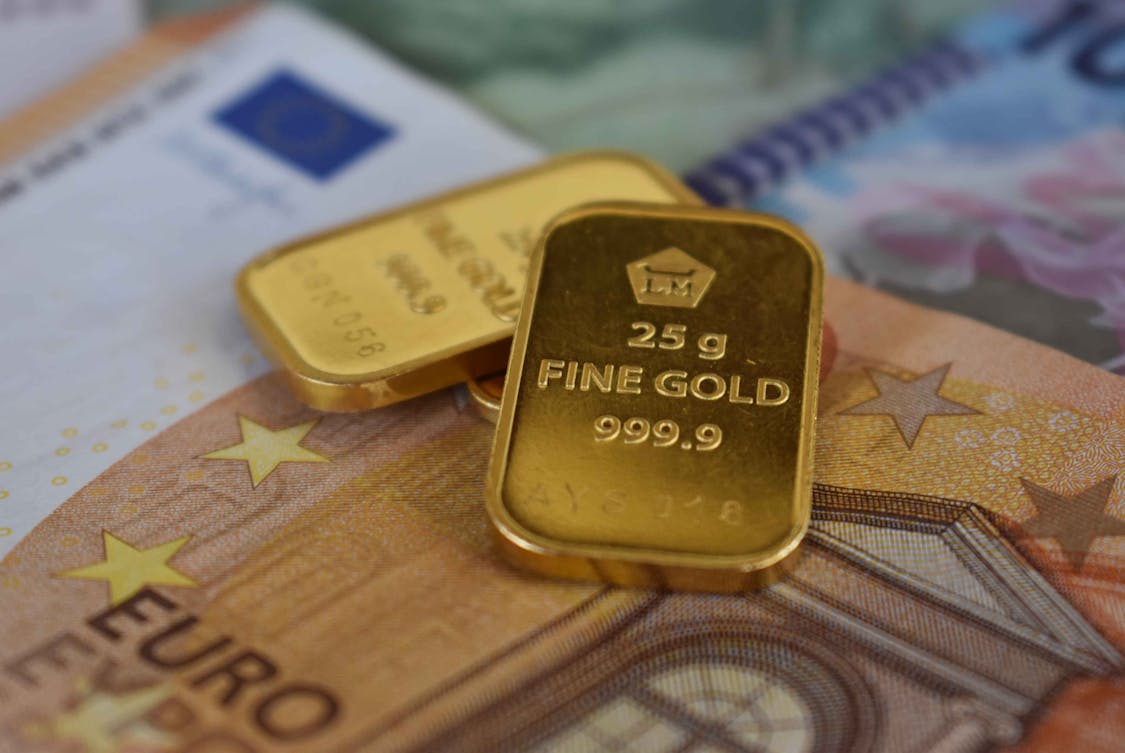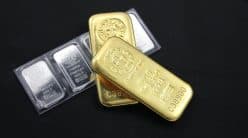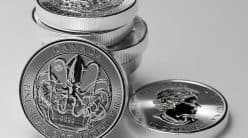Owning physical precious metals such as gold, silver, platinum, and palladium can be a savvy move for various reasons. They not only serve as an investment strategy but also provide a sense of security and stability. Let’s explore five key benefits you might find interesting.
1. Hedge Against Inflation
Precious metals have long been seen as a reliable hedge against inflation. As the value of paper currency fluctuates, the intrinsic value of these metals tends to remain stable or even increase.
Historically, when inflation rates rise, people flock to precious metals, driving their prices higher. This creates a buffer, protecting your purchasing power over time.
In periods of economic uncertainty, physical metals shine, literally and figuratively. Investors often turn to gold and silver, seeking refuge from declining currency values and stock market volatility. The physical nature of these metals means they aren’t subject to the whims of bank policies or economic forecasts.
Unlike fiat currency, which can be printed in endless quantities, precious metals are finite resources. The mining and extraction processes are labor-intensive and time-consuming, adding to their scarcity. This limited supply stands in stark contrast to the inflationary pressures that can devalue cash savings.
When inflation looms, owning physical precious metals gives you a tangible asset that you can hold, feel, and trust. It provides a sense of reassurance that, regardless of market conditions, you have something of real worth.
If you’re looking to invest in precious metals, Money Metals is an excellent resource to consider for purchasing and securely storing your assets.
2. Diversification of Investment Portfolio
In the investment world, diversification is often the name of the game. Physical precious metals can play a crucial role in creating a more balanced portfolio. By including these metals alongside stocks, bonds, and other assets, you spread risk and improve the potential for returns.
Precious metals typically have a low correlation with traditional investments. This means that when stocks are down, metals may hold steady or even rise in value. Such behavior can offset losses in other areas, offering a safety net when market conditions become turbulent.
Moreover, including metals in your portfolio can act as a counterbalance to geopolitical risks. Events like wars, natural disasters, and political instability often lead to increased demand for these metals. Investors seeking safety often turn to gold and silver, driving up their values even when other markets falter.
By diversifying with physical precious metals, you can enhance the overall performance of your portfolio. It’s not just about chasing profits; it’s also about safeguarding your investments against unpredictable circumstances.
3. Tangible Asset with Intrinsic Value

Owning physical precious metals gives you a tangible asset that you can see and touch. Unlike stocks or bonds, which exist primarily as digital entries in accounts, physical metals have intrinsic value. Their worth is not merely theoretical; it is grounded in their physical properties.
Gold and silver, for instance, have been highly valued for centuries, even thousands of years. Their beauty and rarity contribute to their desirability.
This intrinsic value often doesn’t diminish, regardless of market trends. In times of crisis, tangible assets can provide a sense of security that digital or paper assets simply can’t match.
Moreover, physical metals are universally recognized. You can transport them across borders, and they retain value in various cultures and economies. If the digital world were to face severe disruptions, these metals could still serve as a medium of exchange or a store of value.
Owning something tangible is inherently satisfying. It connects you to a long history of human civilization that has valued these metals. It’s not just an investment; it’s a piece of history you can hold in your hand.
4. Wealth Preservation
Wealth preservation is often a top priority for many investors. Physical precious metals can serve as a reliable vehicle for preserving wealth over the long term. Unlike stocks that can plummet due to market fluctuations, precious metals tend to hold their value.
In times of economic downturn, people often turn to gold and silver as a safe haven. These metals have proven their worth through various economic cycles, consistently maintaining their value. This resilience makes them an excellent option for those looking to safeguard their assets.
Moreover, physical precious metals are not susceptible to bank bail-ins or financial institution failures. When the economy falters, your holdings remain safe in your possession, independent of external financial systems. This independence can offer a sense of security that is increasingly hard to come by in today’s financial landscape.
In essence, physical metals act as a shield against the erosion of wealth. They stand as a testament to enduring value, providing peace of mind in uncertain times.
5. Market Demand and Liquidity
Finally, owning physical precious metals can be beneficial due to their high market demand and liquidity. Global markets actively trade these metals, ensuring that you have options when it comes to buying or selling. This level of liquidity can be a significant advantage, especially during times when quick decisions are needed.
Gold and silver are among the most sought-after commodities in the world. Their demand spans various industries, including jewelry, technology, and even medicine. This widespread use bolsters their market value, making them an attractive asset for investment.
In addition, the liquidity of precious metals means that you can convert them into cash relatively easily. Whether through a dealer, auction, or online marketplace, options abound for liquidating your holdings. This accessibility can prove invaluable when you need to act quickly.
Market demand for precious metals also remains robust, driven by economic conditions, investment trends, and cultural factors. As the world evolves, the desire for these tangible assets continues to grow, making them a viable option for investment.
Owning physical precious metals is more than just a financial strategy; it’s an investment in stability, security, and timeless value.






